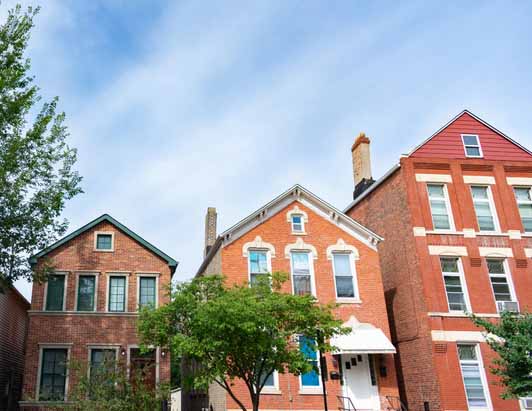(NewsNation) — High interest rates are preventing homeowners from taking on new mortgages, costing the U.S. economy $20 billion in “deadweight loss” between 2022 and 2023, a working paper by the National Bureau of Economic Research found.
Published in August, the paper explores the phenomenon of “mortgage rate locks,” often the product of high interest rates and economic strife.
These locks are created, the authors say, when homeowners choose to stay in their homes to maintain a fixed rate mortgage, rather than moving and taking on higher mortgage rates.
What investors should do when there is more volatility in the market
With the total value of U.S. homes hitting a record-high in August — $49.6 trillion, according to a new Redfin report — homeownership is hard for the average American to come by. Those with a mortgage are opting to stay put.
“Mortgage rates have started falling, but many potential sellers and buyers are waiting to make a move, meaning we are likely to continue seeing a pattern where prices slowly tick up,” said Chen Zhao, Redfin economics research lead.
When are Social Security benefits being sent out?
The NBER study compared homeowners with mortgages to those without them and found that 800,000 more people would have moved to new homes between the third quarter of 2022 and the second quarter of 2023, if not for the “rate lock.”
It’s a phenomenon expected to last into the next decade, according to a recent Bank of America study, potentially costing the economy billions more.
NewsNation’s Katie Smith contributed to this report.
